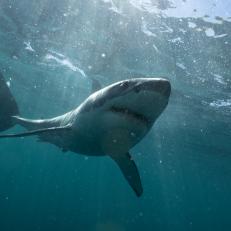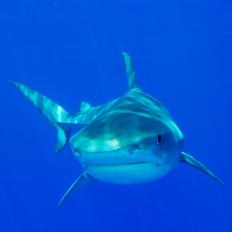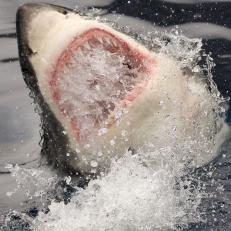Nurse Sharks
Nurse sharks are slow-moving bottom-dwellers that spend most of their day staying still. These sharks are much more active at night when they hunt for prey like fish, invertebrates, and sting rays. Learn more about these nocturnal predators.
Nurse Sharks
Nurse sharks tend to live in coral reefs in tropical and warm temperate waters within the Pacific and Atlantic oceans.
Nurse Sharks
Nurse sharks give birth to live juvenile sharks and their young swim at depths ranging from one to four meters.
Nurse Sharks
Nurse sharks are easily identifiable reaching large lengths of up to 10 feet.
Nurse Sharks
Nurse sharks' diets consist of fishes, rays, invertebrates, crabs, octopuses, corals, sea urchins, and fish.
Nurse Sharks
Unlike traditional shark species, nurse sharks are thought to be non-migratory, spending much of their life resting on the ocean floor.
Nurse Sharks
Female nurse sharks are known to be slightly larger than male sharks, measuring at around 7.5 to 10 feet in length and 165 to 230 pounds.
Nurse Sharks
Although nurse sharks are not commonly preyed on by other species, scientists have found that nurse sharks are sometimes eaten by larger shark species. Some of its predators include lemon, tiger, bull, and hammerhead sharks.
Nurse Sharks
Female nurse sharks reach sexual maturity at 20 to 22 years old and produce a litter of about 20 to 25 juvenile pups biennially.
Nurse Sharks
A nurse shark's teeth are vastly different compared to other shark species. Nurse sharks' tiny, serrated teeth are designed to crush hard shells of snails or crustaceans more effectively.
Nurse Sharks
Nurse sharks only have around 58 to 76 teeth within their mouth as compared to traditional shark species' 300 sharp teeth.











.jpg.rend.hgtvcom.231.231.suffix/1658256079221.jpeg)










